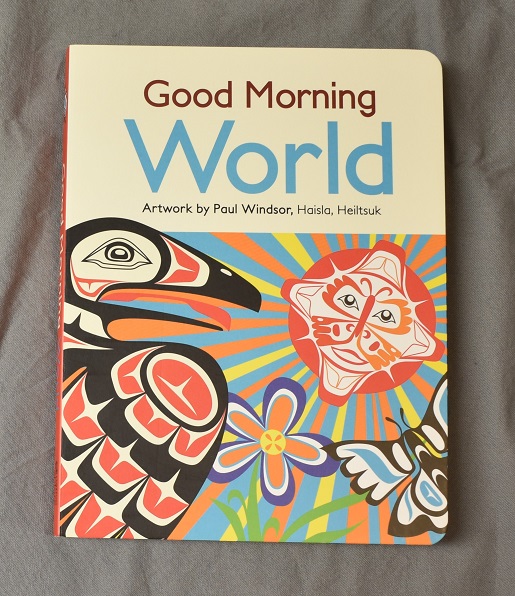Two Old Women: An Alaska Legend of Betrayal, Courage and Survival by Velma Wallis, illustrated by James Grant.
Originally published Epicenter Press 1993, my edition HarperCollins, New York, 2013.
Adult folklore retelling, 134 pages.
Lexile: 1030L .
AR Level: 6.4 (worth 3.0 points) .
Two elderly women known mainly for complaining are left behind when their people move on in a time of starvation and hardship. If they are to survive in the Arctic, it will take all of their knowledge, strength and determination, plus reserves, or luck, they might not even know they have.

I took a chance on this one at a used book sale that absolutely paid off. Browsing time was short, and the story looked interesting, but the blurb simply stated that Wallis was “raised with traditional Athabascan values.” This is burying the lede that Wallis is herself Athabascan and thus particularly well suited to write this Gwich’in tale.
I was delighted to see that illustrator Jim Grant is also an Athabaskan native. Most chapters have one or two illustrations (one has none and another has three), and there are also some maps and the chapter ornament. One illustration is full-page, the rest are half-page or less. There are also two frontispieces which depict similar scenes to those found later, but are not the same as those within the chapters. All of the pictures are inserted where they make sense, and have some relevance to the narrative.

We get a hint of Wallis’ approach to this story when, after the title page, she steps into the dedication – no apologies for those left out, no fluff about how important each person is, simply several pages of names preceded by
This book is dedicated to all of the elders who I have known and who have made an impression in my mind with their wisdom, knowledge and uniqueness.
page ix
Having thanked the elders first, Wallis then steps into a brief, more traditional acknowledgements page which ends with a thank you (Mahsi Choo) to her readers. Only then does she turn to the Introduction about how she first heard this story, her choice to adapt it, and the setting.
Continue reading “Review: Two Old Women”









